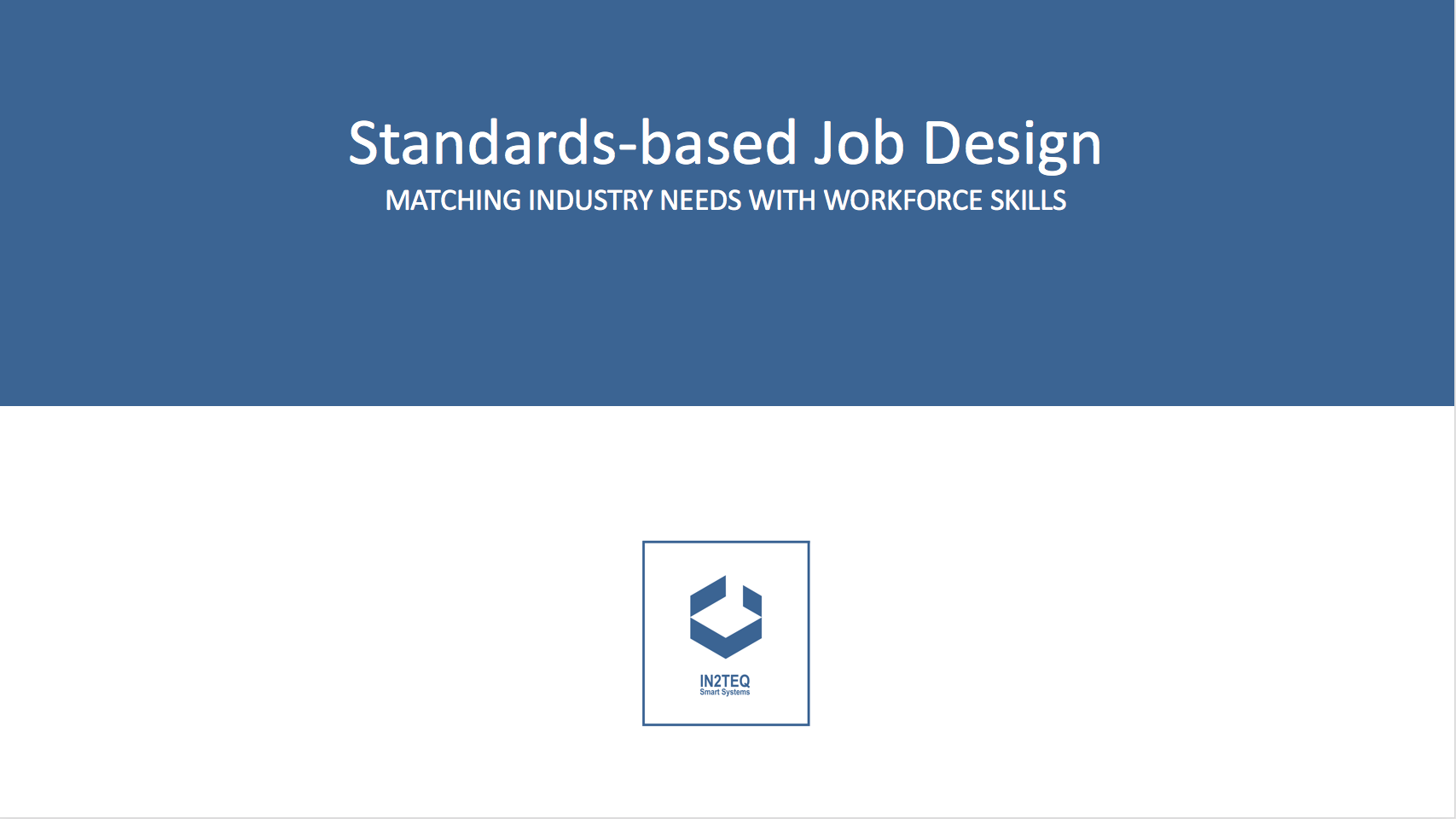Jobs and Growth for Moreton Bay (QLD)
How can we create a prosperous future for our youth?
Go to Challenge | 9 teams have entered this challenge.

Team In2Teq
There has always been a gap between what the industry needs and what the education and training sector produces. The first step to bridge this gap is an industry driven skills classification framework, thus the Australian Skills Classification framework has been developed. The next step is to leverage on this framework at both the supply and demand side of the job market.
On the demand side, businesses and the industry should use the Australian Skills Classification in job design. Instead of broad descriptors, specific skills should be specified in job descriptions and subsequently in job advertisements. Recruitment and selection should be based on standardised skills.
On the supply side, job seekers should be able to assess themselves or be assessed based on the Australian Skills Classification framework. Finding a job should not be based anymore on the right keywords that recruitment systems use to sift through applicants.
The supply side pipeline also includes the training and education sector, those who plan to enter the job market after training or education, as well as those who simply want to re-skill or upskill to change career trajectories.
We propose a digital portal where all stakeholders in the job market will have the tools they need to participate with synergy. Businesses and industries will be able to design job roles based on the skills they need their workers to have. Potential workers will be able to market themselves based on their skills and look for jobs that suit their skill set.
We propose a digital portal where all stakeholders in the job market will have the tools they need to participate with synergy.
Businesses and industries will be able to design job roles based on the skills they need their workers to have. This is an opportunity to align the NSW Public Sector Capability Framework and the Occupation Specific Capability Sets with the Australian Skills Classification. After all, how will the private sector follow if the public sector does not take the lead?
Potential workers will be able to market themselves based on their skills and look for jobs that suit their skill set. CV’s will need to be re-written based on job roles that are aligned with the Australian Skills Classification, highlighting the actual experience job seekers have in specific skills.
Training and education providers will have insights on both industry needs and job market trends based on data from the Australian Bureau of Statistics, supplemented by realtime data from our proposed portal. In this way, in addition to existing mechanisms for consultation with and feedback from the industry, ready information is available to help steer education and training programs towards the right direction, ensuring that those who go through the pipeline will have work at the end. The same information will be available to those who are planning to join the job market, particularly the youth. Career choices can be made upfront, giving them a glimpse of the future based on available data.
Description of Use This dataset was used to determine population trends to provide insights on needs and opportunities.
Description of Use This is used to determine key core competencies, specialist tasks and technology tools required for 600 occupations in Australia using the Australian Skills Classification.
Description of Use This data set is useful input to determine available language, literacy and numeracy training so eligible job seekers will know help available so they can participate more effectively in training or in the labour force.
Description of Use This dataset was used to determine the liveability of an area based on safety
Description of Use This dataset was used to determine the population density, trends and growth as informed by historical overseas and interstate migration
Description of Use Used the datasets related to population, economy, industry and labour to determine the liveability of an area
Go to Challenge | 9 teams have entered this challenge.
Go to Challenge | 20 teams have entered this challenge.
Go to Challenge | 25 teams have entered this challenge.
Go to Challenge | 26 teams have entered this challenge.
Go to Challenge | 25 teams have entered this challenge.